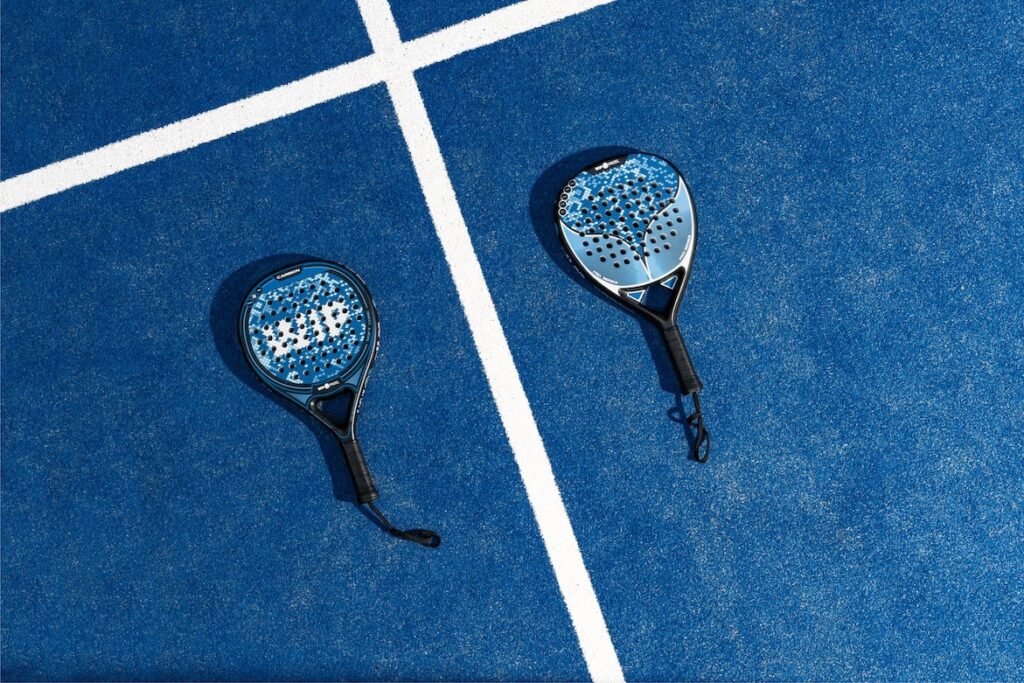Demystifying Padel Court Net Rules: Everything You Need to Know for a Flawless Match
3 min read
Demystifying Padel Court Net Rules: Everything You Need to Know for a Flawless Match
Greetings, fellow padel enthusiasts! If you’re new to the sport or just looking to brush up on your knowledge, understanding the padel court net rules is essential for a seamless and enjoyable match. Fear not, for I am here to demystify these rules and equip you with all the information you need to conquer the court with confidence.
So, What Exactly are Padel Court Net Rules?
Let’s start by breaking down the basics. Padel, a dynamic and exhilarating racquet sport, is a hybrid of tennis and squash with its own distinct elements. Understanding how the net rules work is crucial for fair play and strategic gameplay.
1. The net height: In padel, the court net should measure around 10 feet or 3 meters in the center and 3 feet 6 inches or 1 meter in height on the sides. This lower net height compared to tennis allows for thrilling overhead smashes and incredible defensive plays at the net.
2. Ball hitting the net: When the ball is hit and touches the net but still lands within the opponent’s court, the play is considered valid. Unlike in tennis, where the ball hitting the net during a serve results in a let, in padel, the rally continues, adding an extra unpredictable element to the game.
3. Ball hitting the net and not reaching the opponent’s court: If the ball hits the net and doesn’t cross over to the opponent’s side, it is considered a fault. This means the point goes to the opposing team, even if it’s the serve. So, be sure to aim carefully and avoid any unnecessary net touch!
Losing a Point or the Serve: Understanding Faults and Double Faults
Now that we’ve covered the basic net rules, let’s delve deeper into what causes you to lose a point or the serve in padel.
1. Two consecutive faults: A player or team loses a point if they commit two consecutive faults. This can happen due to several reasons, such as the ball bouncing twice on their side of the court, hitting the ball out of bounds, or failing to hit the opponent’s court with the serve.
2. Double faults: In padel, double faults occur when both players on the serving team commit a fault each, resulting in the loss of the serve and a point for the opposing team. It’s important to maintain communication and coordination with your partner to avoid this dreaded scenario.
Mastering the Art of Net Play
Now that you have a firm grasp on the net rules, let’s explore some strategies for dominating the game at the net:
1. Positioning: When playing near the net, it’s essential to have the right positioning. Stand slightly behind the service line to have a better view of the ball and an advantageous position for powerful volleys or delicate drop-shots.
2. Anticipation: Anticipating your opponent’s moves is key to winning points. Watch their body language, positioning, and racket angle to determine where they might direct their shots. This will enable you to react swiftly and intercept the ball with finesse.
3. Coordination with your partner: Padel is a unique sport because it’s also a doubles game. Building effective communication and coordination with your partner is crucial to cover the court efficiently and execute seamless team strategies.
Final Thoughts
Padel court net rules may appear daunting at first, but with a little practice and understanding, they quickly become second nature. Remember, mastering these rules is just the beginning of your padel journey. So grab your racket, gather your friends, and head to the court with confidence!
Now armed with the knowledge of how to understand padel court net rules, go out there and conquer the court. Embrace the thrill of the game, enjoy the camaraderie with your fellow players, and always strive for improvement. Happy padel playing!







